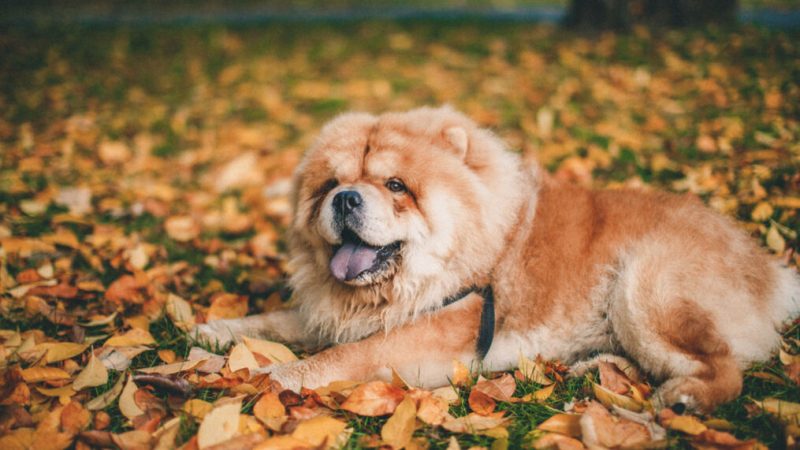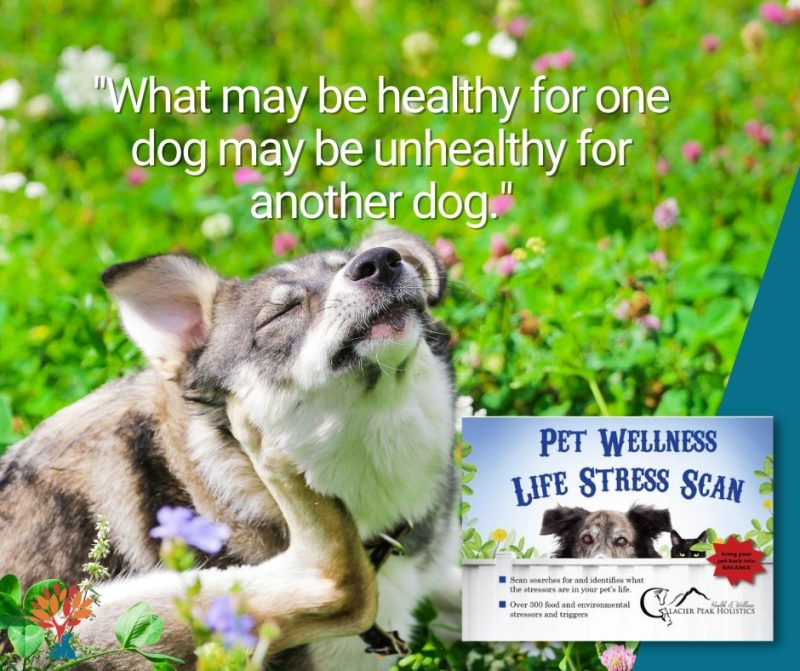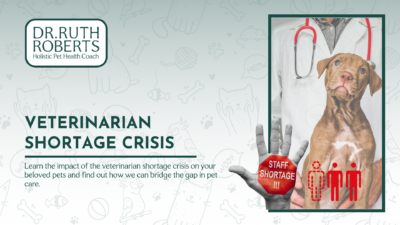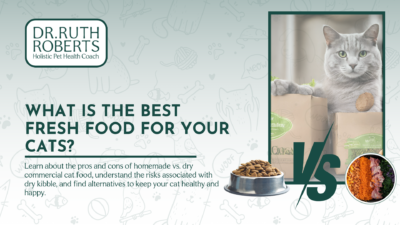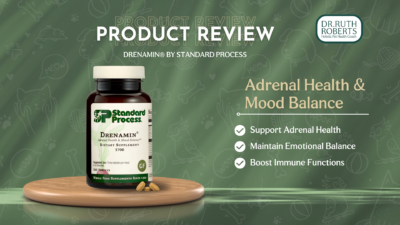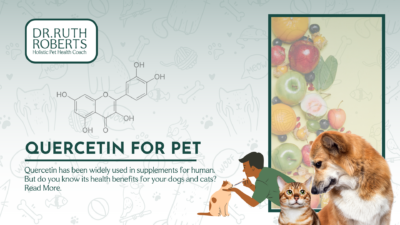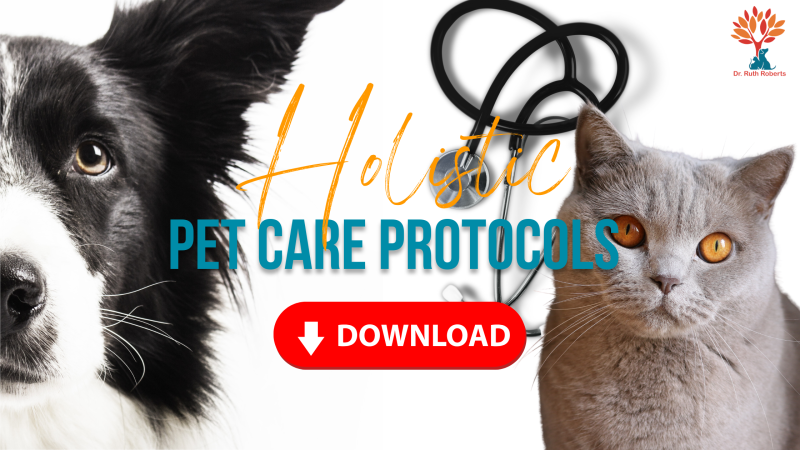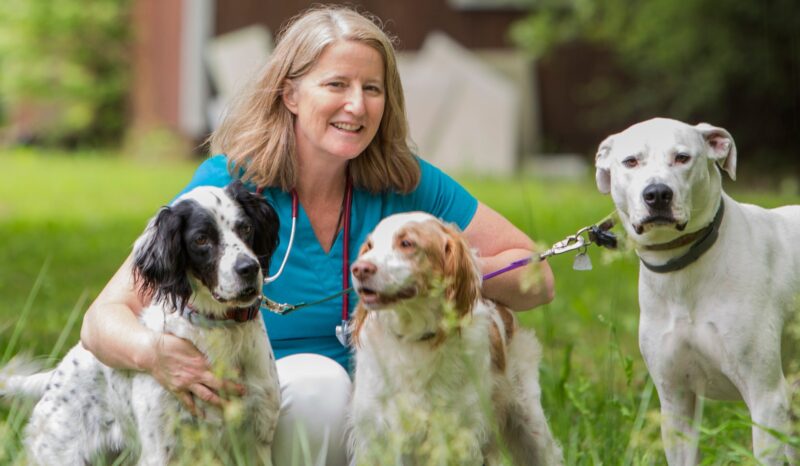Things to Watch Out for Our Pets During Fall Season: Seasonal Allergies Ahead!
When it comes to fall allergies and pets, the timing can be just as important as the type of allergen. Fall allergy symptoms can flare up when ragweed, which is a common fall allergen for people and pets, releases high amounts of pollen in early September. Pollen-producing plants such as trees and grasses are more likely to bloom in autumn than during other seasons.
Fall allergens are often a double-threat for pets, as they will spend time outdoors without the protection of air conditioning filters and heaters that keep you comfortable inside. During these times, outdoor allergen counts are higher — and your pet can bring those irritants inside with them.
What causes allergies in dogs during the fall?
Dogs can experience the same type of allergic reactions as humans. When dogs have an overreactive immune system, they are more likely to be affected by seasonal allergies. Fall is the season of falling leaves, resulting in an increase in airborne pollen or other irritants that cause allergic reactions.
Seasonal plants that release pollen into the atmosphere typically bring dog allergies to the fall season. Various other seasonal allergens include:
- allergy to dust mites
- mold sensitivity
- Plant contact allergies
- allergy to fleas
- contact dermatitis from interior surfaces (carpet fibers)
When the immune system overreacts to a foreign material, such as pollen or dust mites, environmental allergies develop. Known as allergens, these compounds can be consumed, breathed, or simply come into touch with the skin.
The body then responds by inflaming the area, which may cause swelling, itching, redness, or hives. The damaged area is frequently licked or chewed by dogs, which causes subsequent skin infections with bacteria or yeast. This starts a vicious loop that makes the itching worse.
There aren’t many blooming plants in the fall. However, that does not imply that there are no allergies in the autumn.
When the weather starts to cool off during this season, various plants, most notably ragweed, discharge pollen. The pollen can also travel great distances during the fall winds.
In the fall, both indoor and outdoor mold growth is typical. Mold can thrive in wet environments with a lot of fall leaves.
Additionally common allergens are dust mites. When the heating system is turned on for the first time in the fall season, both humans and dogs may be exposed to more dust and dust mites.
In more temperate regions, even fleas can thrive in the fall when the temperature is still warm and their environment is more moist.
Which months are worst for allergies to dogs?
Although pollen allergies usually aren’t life-threatening, they’re still unpleasant and potentially uncomfortable for your pup. Spring, summer, and fall are typically the worst times of year for dogs with pollen allergies. Here are some signs you should look out for if your dog is suffering from this type of allergy.
Is My Dog's Illness Due to Fall Allergies or Something Else?
Despite the prevalence of environmental allergies, numerous other medical disorders exhibit comparable signs and symptoms. Knowing which one is causing your dog’s itchy skin or ear infections is crucial.
The ideal course of treatment can be chosen with the guidance of your dog’s problems.
A red eye, for instance, can indicate seasonal allergies. However, it might also be brought on by an infection, an eye injury, or even glaucoma, all of which call for alternative medical care for that allergies.
An allergic reaction to flea bites is called flea allergy dermatitis, which happens frequently. Food allergies are also conceivable, despite their rarity. Additionally, some skin mites, which can spread to humans and other animals, can imitate allergic skin rashes. Compared to fall allergies, each of these conditions necessitates a unique or additional treatment.
Additionally, various respiratory illnesses like kennel cough may be confused for allergies.
For all of these reasons, it’s crucial to take your dog to an expert so they can diagnose the specific cause of their illness.

